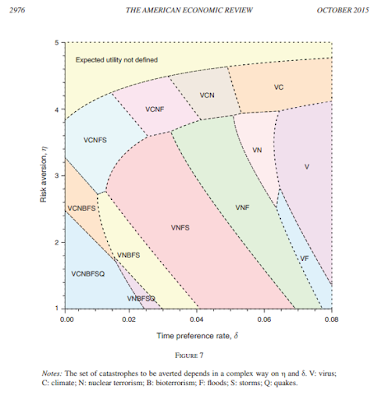- Go to Google and type US Census 1% sample, click on link to the Census.
- Download each of the state files from the FTP site and merge them yourself. Or just check things out for one of the states. Whatever you like.
- Start mucking about to test whether your pet theory is plausible.
Here's what you need to do if you want an anoymised sample of the NZ Census, or a Confidentialised Unit Record File (CURF) of any of big Stats series:
- Go to Stats NZ's site, here.
- Follow the instructions below:
Application process
CURFs can be accessed through the following process. Please contact us if you need help at any stage:
- Complete the CURF application form.
- Statistics NZ will assess the application and will ask you to provide further information if necessary.
- If the application is approved:
- the appropriate CURF licence must be signed by a person authorised to sign on behalf of the researcher's organisation
- each researcher who will have access to the CURF must sign the appropriate researcher undertaking
- The CURF is supplied to the lead researcher.
Assessment criteria
All access to microdata is at the discretion of the Government Statistician.Consideration will be given to applications for CURFs that meet the following criteria:
- The research is for a statistical purpose.
- The researchers have a proven history of research, or will be supervised by someone with a proven history of research.
- The researchers have the support of the organisation that employs them (eg, government department, university, or independent research firm).
- The organisation supporting the research is based in New Zealand.
- The researchers for the project using the CURF are based in New Zealand.
Methods of access
Once the application is approved, CURFs can be downloaded via secure internet access. Researchers must keep the CURF secure and ensure that the CURF is only accessible to approved researchers. Researchers can use the CURF at their workplace but data cannot be stored on a laptop, memory stick, or other portable device. All copies of the CURF data must be destroyed at the end of the research project.CURFs are licensed for a 12-month period. The researcher can request a licence extension at the end of this period if further use is required.
If you have a hunch about something and want to see whether it's worth further checking out, America makes it easy. In New Zealand, you need to make application, wait, make sure you specified exactly what you might want to do with it, then buy a desktop computer because your laptop isn't good enough.
And the government wonders why NZ social scientists, funded by the government, rarely bother doing work on NZ data. It's a pain in the ass. Sure, it's possible. But you have to bear reasonable fixed costs to test whether an initial hunch is worth following up.
Earlier this week, I was reviewing one of our researcher's projects. They'd cited an interesting bit of American data. It would have been dead simple to check whether the same relationship bore out in the New Zealand data - just a couple of cross-tabs. But it would take all that rigamarole.
Why can America manage to provide its anonymised samples to anybody with a web browser while we have all of this?







